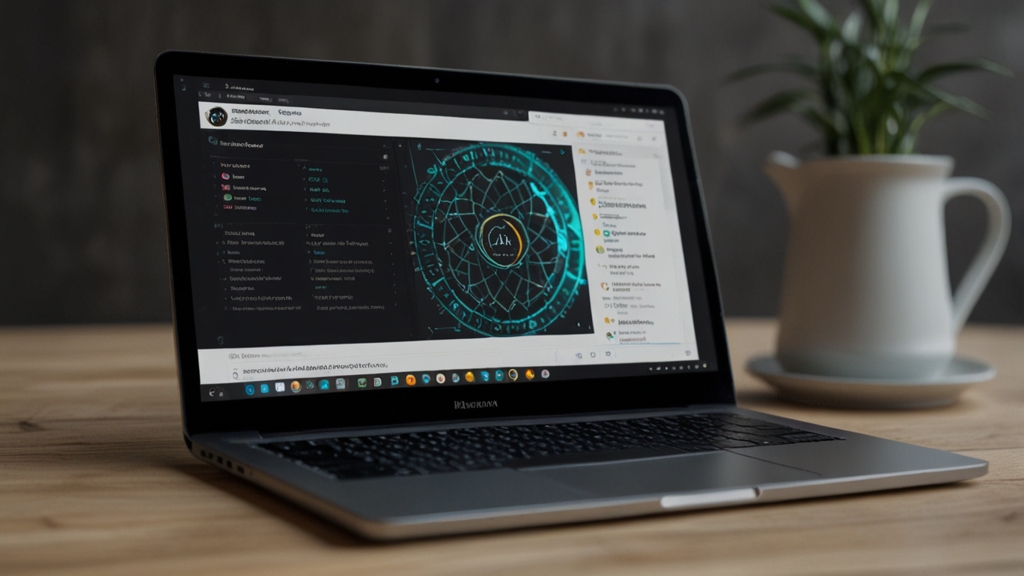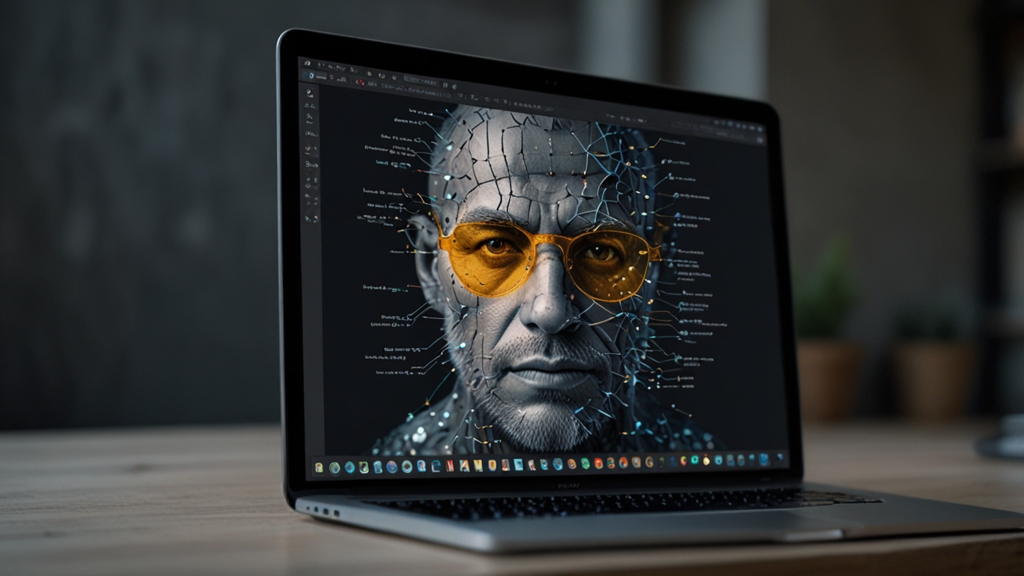Introduction
In today's rapidly evolving educational landscape, the integration of innovative educational tools into the curriculum is more critical than ever. These tools not only enhance the learning experience but also equip students with the skills needed to thrive in a digital world. For educators, leveraging these tools can transform teaching methodologies, making lessons more engaging, personalized, and effective.
Embracing Technology in the Classroom
Technology has become an integral component of modern education. From virtual reality (VR) experiences to interactive whiteboards, the possibilities are endless. By incorporating technology, teachers can create immersive learning environments that captivate students' attention and foster a deeper understanding of complex concepts.
"The role of technology in education is not just about modernizing classrooms; it's about meeting students where they are and preparing them for a future where digital literacy is fundamental." - Anonymous Educator
Interactive Learning Platforms
One of the most effective ways to elevate your curriculum is by utilizing interactive learning platforms. Websites and apps like Khan Academy, Quizlet, and Edmodo provide a multitude of resources, from video tutorials and practice exercises to collaborative tools that facilitate student engagement.
These platforms often include features such as progress tracking, which allows teachers to monitor and assess students' performance in real-time. This data-driven approach can help identify areas where students may need additional support, enabling educators to tailor their instruction accordingly.
Gamification of Lessons
Gamification is an innovative approach that brings game-like elements into the educational process. By incorporating badges, leaderboards, and rewards into lessons, teachers can motivate students to engage more actively with the material. Platforms like Classcraft and Kahoot! are excellent examples of how gamification can be seamlessly integrated into the classroom to make learning fun and interactive.
"When students are engaged in a game-like environment, their natural curiosity and competitiveness can drive them to achieve more than they thought possible." - Game-Based Learning Advocate
Personalized Learning Environments
No two students are alike, and personalized learning environments recognize this by catering to individual learning styles and paces. Adaptive learning software like DreamBox and Smart Sparrow adjust the difficulty of tasks based on students' performance, providing a customized learning experience that can significantly improve outcomes.
Personalized learning environments also offer opportunities for students to explore their interests and talents more deeply. By providing a variety of pathways to learning, teachers can ensure that each student finds a route that resonates with them.
Collaborative Tools
Collaboration is a critical skill for the 21st century, and educational tools that promote teamwork and communication are invaluable. Tools like Google Classroom and Microsoft Teams allow students to collaborate on projects, share resources, and communicate easily, both in and out of the classroom.
These platforms support a range of collaborative activities, from group assignments to peer reviews, helping students develop essential skills such as critical thinking, problem-solving, and effective communication.
Enhanced Assessment Techniques
Innovative educational tools also extend to the realm of assessments. Digital assessment tools like Socrative and Formative provide real-time feedback, enabling teachers to gauge understanding and adjust instruction on the fly. These tools often support various question types, including multiple-choice, short answer, and even drawing-based responses, catering to different modes of expression.
Moreover, digital assessments can be more engaging and less intimidating for students, fostering a positive attitude towards testing and evaluation.
Conclusion
Innovative educational tools are transforming the way teachers approach their curriculum, offering new avenues for engagement, personalization, and collaboration. By embracing these tools, educators can create a dynamic and responsive learning environment that not only caters to the needs of their students but also prepares them for a future where digital proficiency is key. As education continues to evolve, so too must the tools we use to shape young minds.
"The future of education lies in the ability to adapt and innovate. By leveraging creative educational tools, we can prepare our students for whatever challenges lie ahead." - Educational Technology Expert







